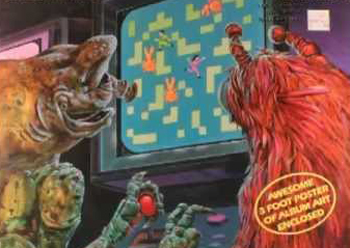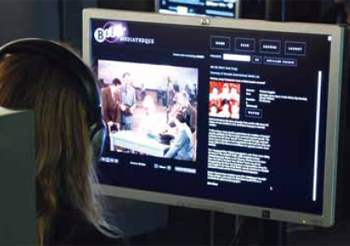
Iain Baird looks back at the launch of BBC2 50 years ago, and explains how Play School accidentally became the first successfully broadcast show on the new channel.
Iain was Associate Curator of Television and Radio at the National Science and Media Museum until 2016.

Iain Baird looks back at the launch of BBC2 50 years ago, and explains how Play School accidentally became the first successfully broadcast show on the new channel.

Iain Baird reveals the technology behind our latest television collection acquisition, and explains why the Scophony television scanner is not to be scoffed at.

In 1931 a revolutionary type of microphone housed in an unusual sideways teardrop-shaped capsule was introduced by the BBC. Its oddly-shaped housing earned it the nickname ‘the bomb’.

Iain Logie Baird takes a look at some of the children’s television puppets we’ve acquired as part of the BBC Collection—from Bill and Ben to the Fimbles.

As TV Licensing announces that there are now fewer than 12,000 black and white TV licensees remaining in Britain, Iain Baird looks back at the decline of black and white.

In 1975, the idea of video recording at home was unheard of. But a major development in TV’s history was just around the corner with the advent of Betamax.

Iain Logie Baird investigates the history of the most modern and largest TV factory in all of Europe—just down the road from the museum here in Bradford.

Curator Iain Logie Baird looks back at this forgotten gem of a short story and considers the Bradford-born author’s many contributions to television.

Iain Logie Baird has been researching the first time that TV was officially received outside London. What a coincidence that it was right here in Bradford.

Songs about videogames were a unique craze in the late 1970s and early 80s, inspired by the increasing popularity of gaming.

Iain Logie Baird looks through our collection to find out what it can tell us about past predictions of the future of television, and what those predictions might mean now.

Watch the best, the rarest and the most extraordinary films and TV programmes from the BFI National Archive with BFI Mediatheque from Friday 19 July 2013.